Photography is more popular than ever. Everyone is a photographer these days, at least those of us who use smartphones are. But there’s always a conflict between what’s best, a smartphones vs cameras.
You may have discovered that you love
Starting by capturing your cappuccino or calzone, you may have progressed on to taking more creative photos with your phone. Having discovered the enjoyment of
Do you wonder why they are not content to always use their smartphones for
In this article, I’ll share with you the main reasons a DSLR camera or mirrorless camera are the preferred tool of people who take
Watch Our Exclusive Video:
Is A Smartphone As Good As A Camera?
Is a phone camera as good as a camera? This is a good question.
Good DSLR and mirrorless cameras are more capable of taking higher quality photos than smartphones are. The size of the lenses and the sensors that capture images in cameras is superior to those in phones.
Apart from image quality, one of the biggest differences between smartphones vs cameras comes down to the person taking the photos.
It’s easy for you to take quick snapshots with your phone. High-end cameras are not as easy to use as phones are. You have to know more and work a bit harder to take a photo worth sharing. If you can use a camera with confidence, you’ll be able to take much better photos than you can with smartphone cameras.
We love to teach people how to become photographers, no matter what camera you chose to use. Learning
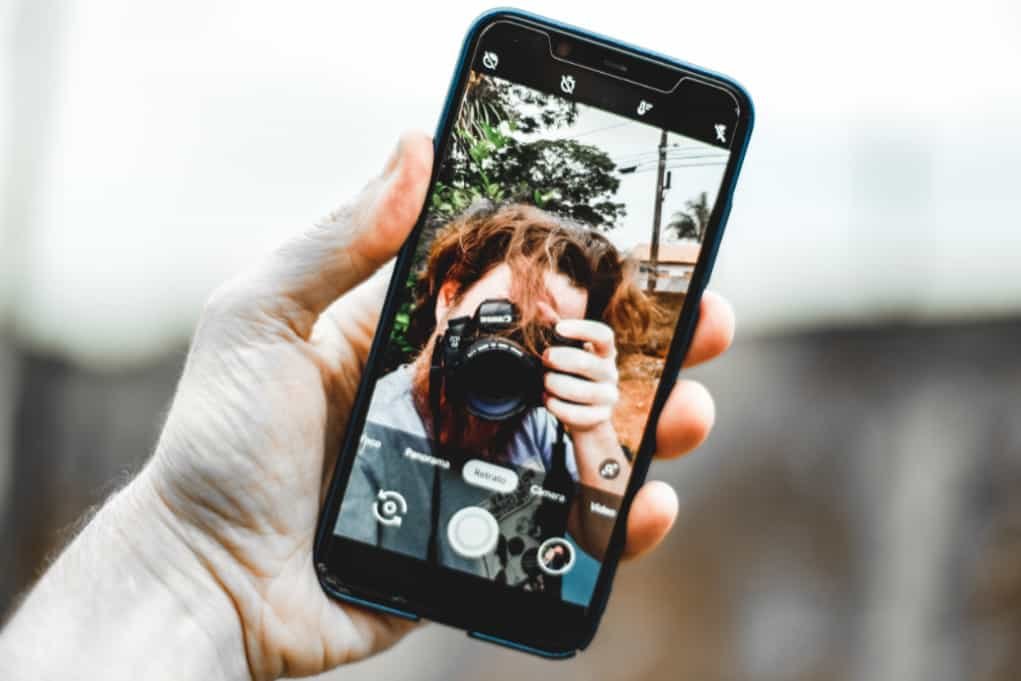
The Best Camera is the One You Have With You
Photography with a smartphone is convenient and easier than with DSLR cameras. Taking quick snapshots has become part of modern international culture. But convenient and easy don’t often add up to excellence in anything.
Learning to take great photos has more to it than merely having the technology with you that can take a picture.
Smartphone cameras are always with us. It’s said that ‘the best camera is the one you have with you’. You can’t take a photo if you don’t have a device to capture an image. Having a phone with you does not mean it will produce the best images. If you always have a DSLR or mirrorless camera with you, you’ll be capable of taking better photos.
Realizing you have a growing interest in
Taking your time to compose well will make for better images. Looking at lighting and understanding about exposing your photos well also helps you improve. Some people will do these things more naturally than others, but we can all improve them with practice. Once you start you’ll realize that smartphones vs cameras is no real comparison when it comes to image quality.
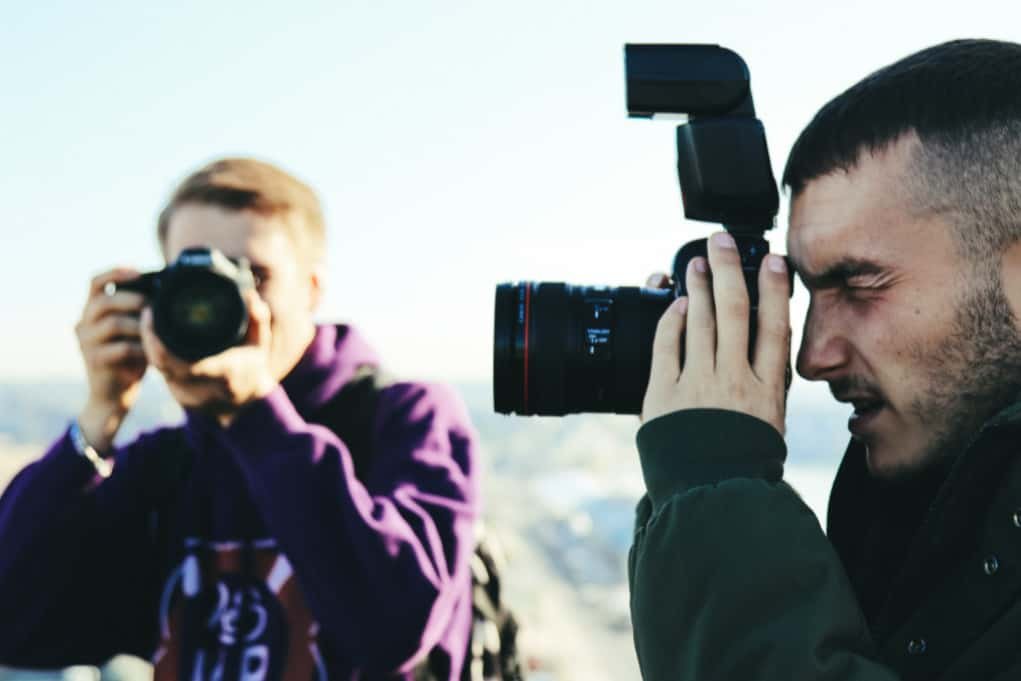
You Will Think Differently with a DSLR Camera in Your Hands
Smartphone
Most people who use their phones to take photos rely on automated settings. These are designed to make things easy. They also result in very generic-looking photos and have limited room for creative expression. At the same time, it’s one of the main differences between DSLR vs phone camera.
Engineers design the algorithms driving the artificial intelligence in our smartphone cameras and DSLR cameras. They control a lot of how the photos you take look when you rely on this AI.
Using a camera provides a whole different
It is possible to set your camera to auto and use it much the same way you use your phone to take photos. But I think this defeats some of the purpose of using a DSLR camera. Well-designed DSLR cameras allow you to control many aspects of
Learning the settings is important. If you don’t figure out what the dials and buttons on a camera do, they will only frustrate you. Putting a little energy and commitment into learning
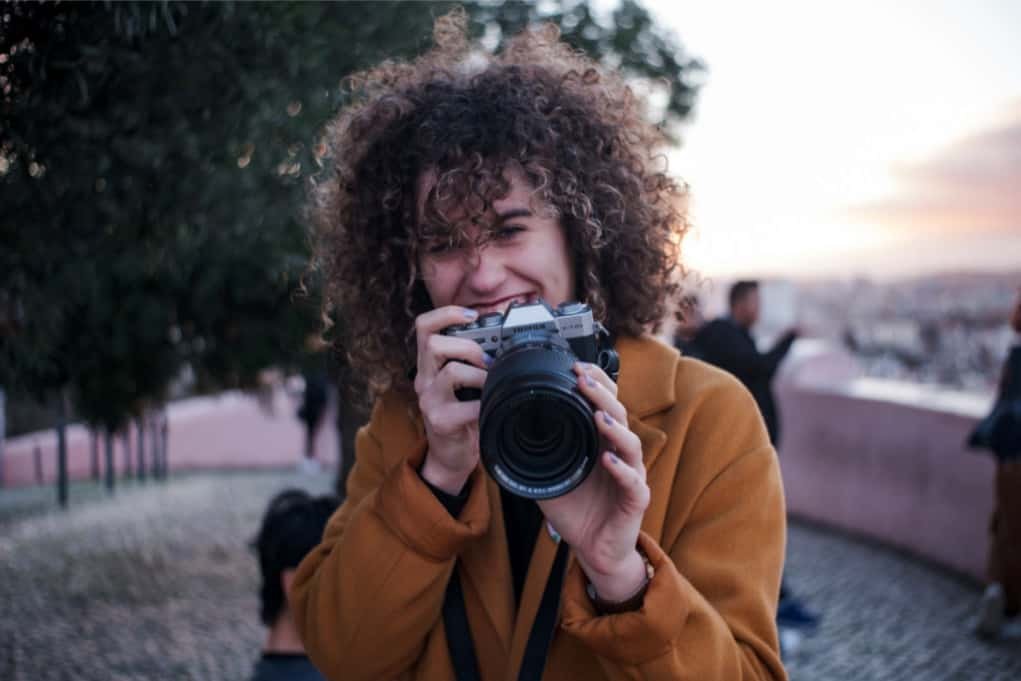
Smartphones vs DSLR Cameras = Convenience vs Quality
The quality of the image varies depending on the nature of the device. DSLR cameras are designed to capture images. Phones are designed to carry out a multitude of functions. Image quality between phones and cameras varies greatly.
These devices we carry in our pockets and purses make
The smartphones we all carry have made photography easy and common. There are more photos being taken every day than at any other time in history. The fact that so many of us have a recording device, not only for photos but also for video, is changing our world. The recent global protests about police racism prove this. If the death of George Floyd was not captured on video, most of us would never have heard about it.
Transitioning from a phone to
Phone cameras are very limited by size. The size of the lens and the size of the sensor that captures the photos. On the phone, these are tiny compared to lenses and sensors on high-quality cameras. Even entry-level DSLR and mirrorless cameras have much larger lenses and sensors than mobile phones do.
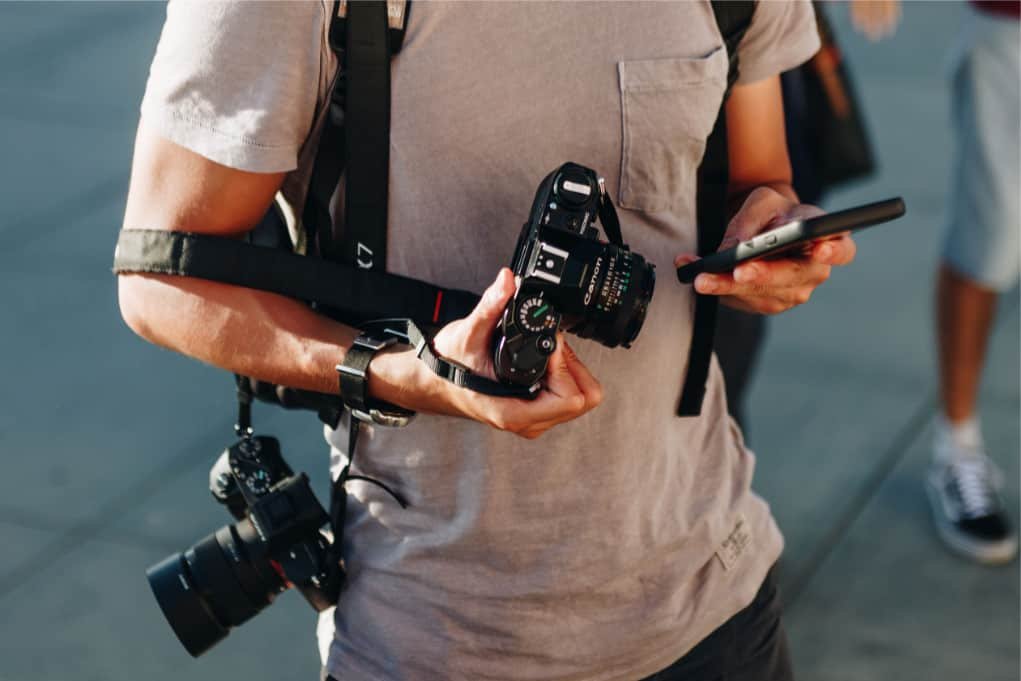
Size Matters for Quality
Size matters because bigger and better lenses mean clearer photos. Larger sensors provide greater image depth and superior color management. They also have other advantages.
When you take a great photo with your smartphone and want to make a print to hang on your wall, options are limited because image quality is lower. You’ll not be able to enlarge it much. Phone photos are optimized for viewing on your phone’s screen, not to be enlarged for your living room wall. This is a problem related to the small size of the sensor that captures the image.
Sensors in DSLR cameras are physically larger and of higher quality than those in smartphone cameras. Whether you’re looking at photos taken with your camera on screen or as an enlarged print, you will notice the preferable image quality.
The Choice of Convenience
When you buy a new camera, take it with you everywhere. Don’t limit yourself to only using it when you think you’ll have time to. Take it with you and you’ll find the time and inspiration to make good use of it.
Choose to make your camera part of your daily routine. Learn to love having it with you and it will be as convenient as carrying your phone everywhere.
This in itself will help you improve your
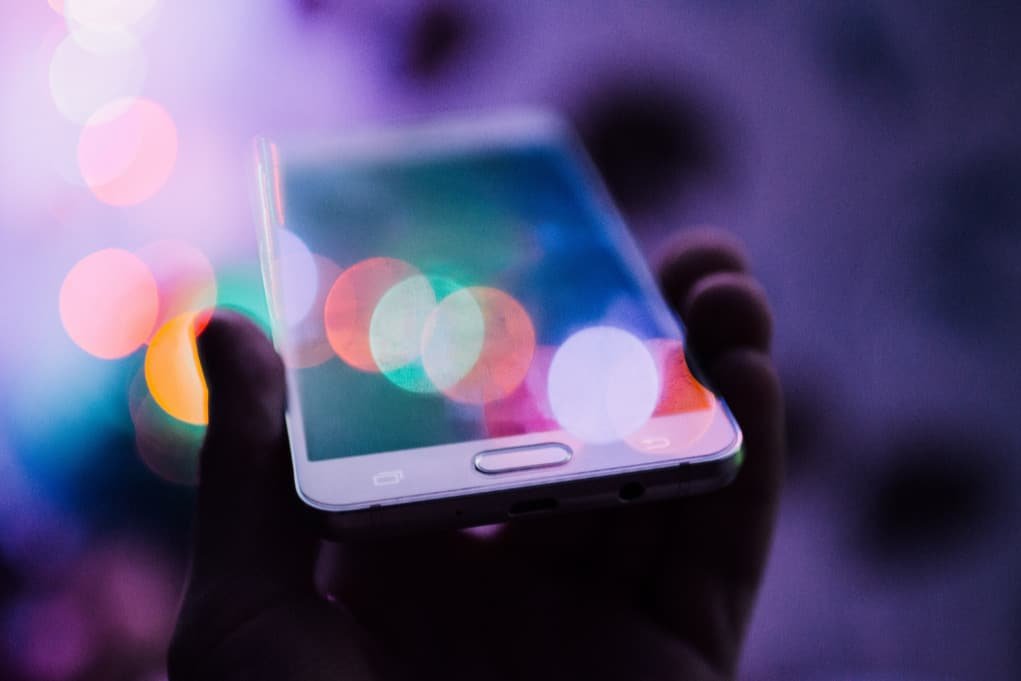
The Limitations of Smartphone Camera Hardware
As smartphone technology advances, we are seeing some amazing innovations. Most of them involve making the smartphone camera take photos like a real camera. This evolution has more to do with computation than it does with hardware. Smartphones vs cameras take on a whole new development here.
Sensor and lens quality continues to improve. But some of the biggest changes are happening with how phones process photos. The software on your phone manages much of what happens as you’re taking a photo and once you have taken it.
Small sensors and tiny, cheap lenses will always be a hindrance in the quality of cell phone photos. This is because the dynamic range is more limited as is the lens focal length.
Even with many smartphones now having multiple lenses, there’s no comparison in quality to photos taken with good camera lenses where focal length choice is very broad.
Sensors on a smartphone may contain the same number of megapixels as DSLR or mirrorless camera does. The problem is that they are crammed onto a very small surface. The individual pixels are so tiny there’s no comparison in image quality to photos captured using a camera with a larger sensor.
More megapixels no longer relate to higher image quality. It’s better to have a physically larger sensor than a tiny one with many more megapixels.
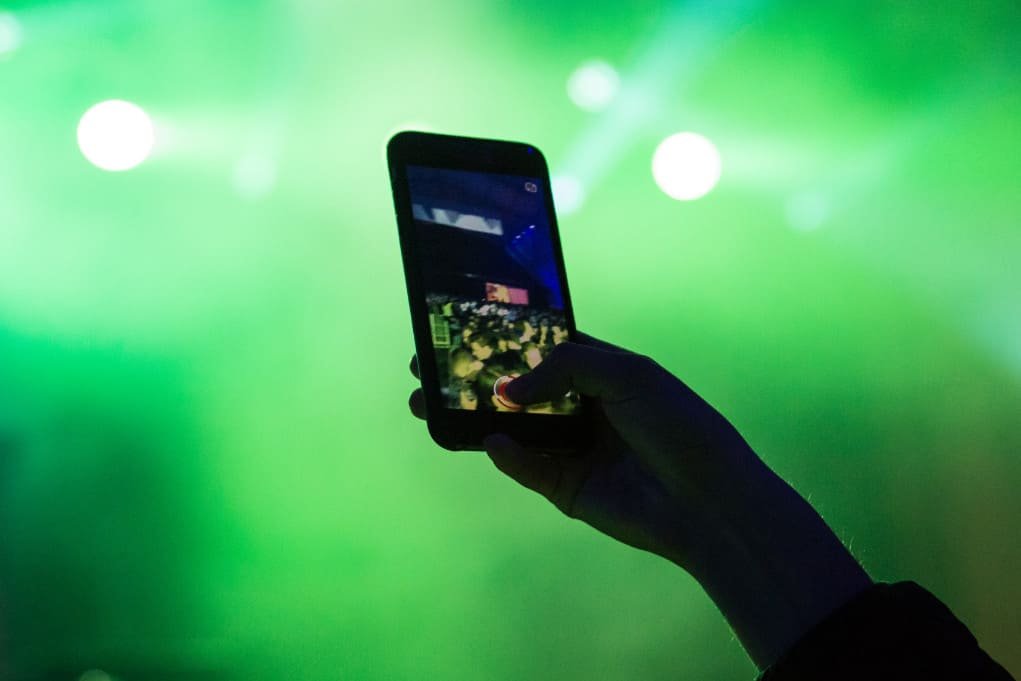
To Improve Your Photography , Use a Good Camera
There’s a lot more to improving your skills as a photographer than upgrading to a better camera. However, most phone photographers are not limited so much by their camera choice but by their approach to using it. The question of smartphones vs cameras is more than just about the gear you use to take photos.
Using a phone to take photos it easy. Grabbing one quick snapshot after another with your phone will not make you a better photographer. Nor will doing the same with a camera on auto-mode. Taking time to compose and create a picture brings about more pleasing results.
With a quality DSLR or mirrorless camera in hand, you are more likely to capture creative photos. Being mindful of how you’re taking photos allows you to apply yourself in a more meaningful way. You will be more creative with a camera.
Any accomplished artist knows their frame of mind when they’re working influences their creation. For most photographers, the fact they have a camera in their hands, not a phone, means they will think more about what they are doing.
At first, it’s a matter of having to think about setting the controls on the camera so you can take a photo. In time, once you are confident using your camera, your thoughts can be more focused on creative expression.
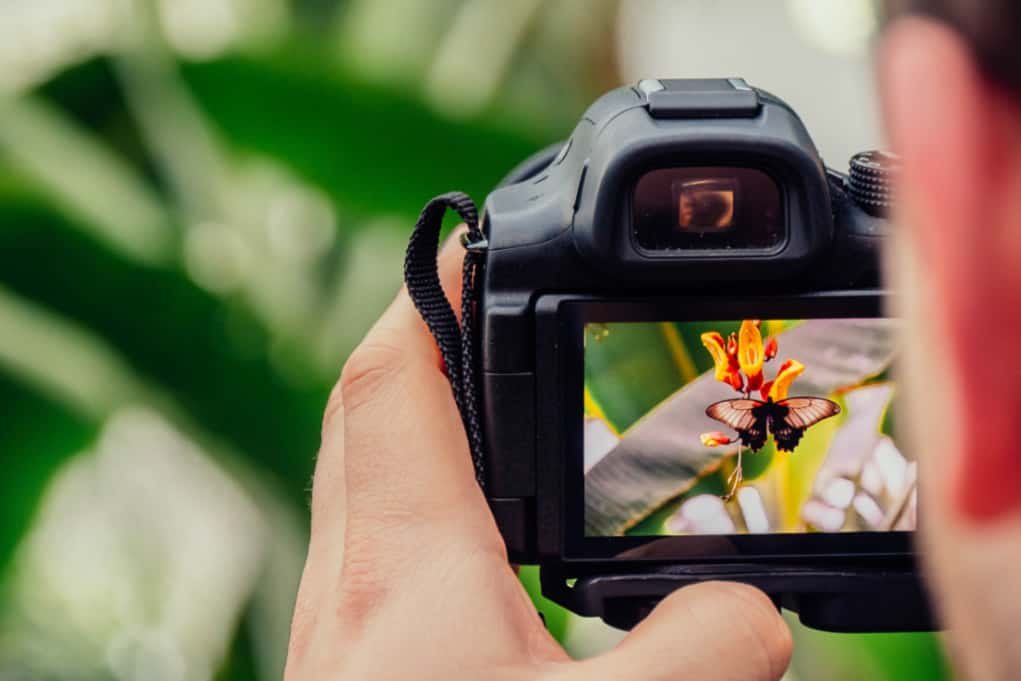
Take Time To Learn Photography
Take time to learn photography using a good DSLR or mirrorless camera. Concentrate on how to operate the camera and make it do what you want it to. This is much more possible with a camera than it is with a phone. Phones are designed to make all the choices for you. This limits the potential for creative
The AI in phones is amazing. All kinds of calculations and computations take place before and after you take a photo. These are all governed by how the software on the phone is configured. The problem is, whoever programmed the software does not know what you are taking photos of, or what the light is like. They have to guess and set parameters that fit their calculations.
Cameras also have amazing AI. The problem is, it’s not at all creative. You are. Taking control of your camera, using manual exposure mode, you are then able to set it to get the style of photo you want. Using any of the camera’s auto-exposure modes leaves a lot of choices up to the camera’s AI. These should be creative choices, not programmed computations.
Learning to control your camera in such a way takes commitment and time. You need to study and become confident using your camera. Then you’ll be able to control it how you want to.
Enroll in a course and join our community. Make friends with photographers. Visit galleries when they hold
Hopefully, having a nice camera in your hands will be the first step to inspire you to learn to use it well.









